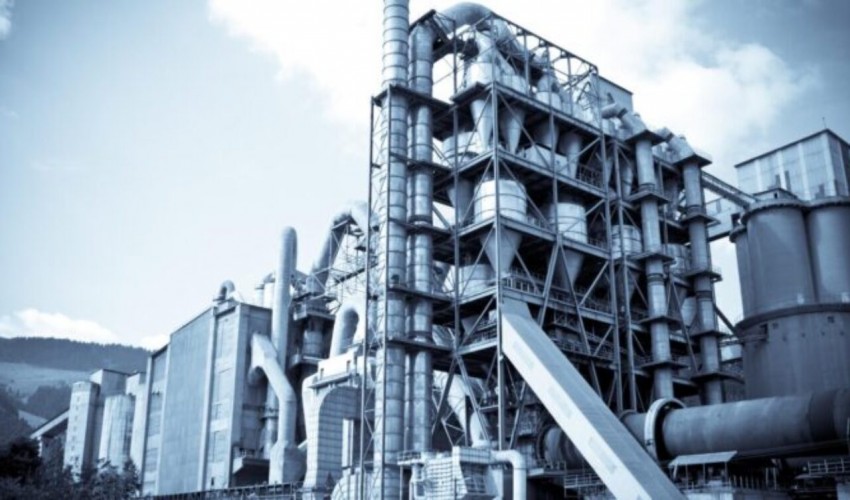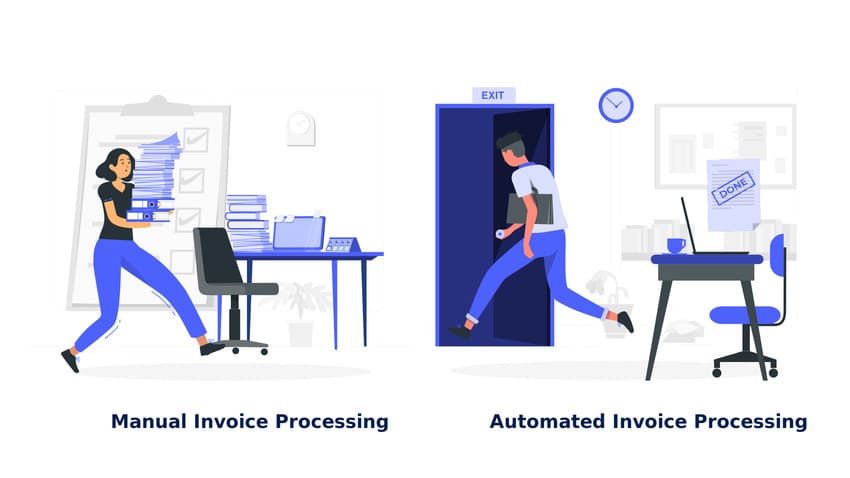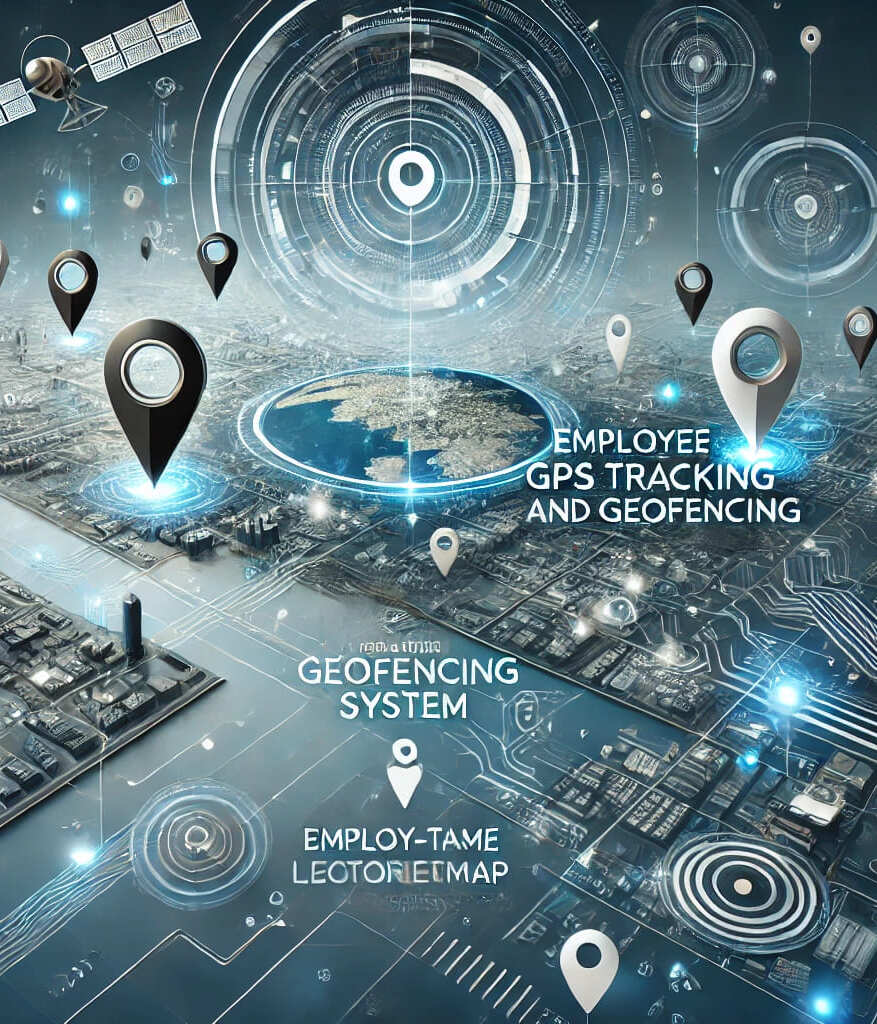Computer Science and Engineering
12
The Cement Industry's Emissions
- Rating
- production cement
- manufacture cement
- concrete consumed
- cement manufacturing
- emissions cement
A single industry accounts for about 5 percent of global
carbon dioxide (CO2) emissions. It produces a material so ubiquitous it's
almost invisible: cement. It is the main ingredient in concrete, which in turn
forms the foundations and structures of the buildings we live and work in, and
the roads and bridges we drive on. Concrete is the second most consumed
substance on Earth after water. On average, every year, each inhabitant of the
planet consumes three tons of concrete.
Cement Manufacturing
Although "cement" and "concrete" are
often used interchangeably, concrete is actually the final product made from
cement. The main component of cement is limestone. To produce cement, limestone
and other clay-like materials are heated in a kiln to 1,400°C and then ground
to form a solid, lumpy substance called slag; The clinker is then combined with
gypsum to form cement.
Cement manufacturing is very energy and emissions intensive
due to the extreme heat required to produce it. Producing a ton of cement
requires 4.7 million BTUs of energy, equivalent to about 400 pounds of coal,
and generates almost a ton of CO2. Given its high emissions and critical
importance to society, cement is an obvious place to look to reduce greenhouse
gas emissions.
cement emissions
Cement production releases greenhouse gas emissions both
directly and indirectly: heating limestone releases CO2 directly, while burning
fossil fuels to heat the kiln indirectly generates CO2 emissions.
Direct emissions from cement occur through a chemical
process called calcination. Calcination occurs when limestone, which is made of
calcium carbonate, is heated and breaks down into calcium oxide and CO2. This
process accounts for ~50 percent of all emissions from cement production.
Indirect emissions are produced by burning fossil fuels to
heat the furnace. Furnaces are typically heated with coal, natural gas, or oil,
and burning these fuels produces additional CO2 emissions, just as they would
when producing electricity. This represents about 40 percent of cement
emissions. Finally, the electricity used to power the plant's additional
machinery and the final transport of the cement represents another source of
indirect emissions and accounts for 5 to 10 percent of the industry's
emissions.
Opportunities to mitigate
Indirect emissions from burning fossil fuels to heat the
furnace can be reduced by switching to alternative fuels, including natural
gas, biomass, and waste-derived fuels such as tires, sewage sludge, and
municipal solid waste. These less carbon-intensive fuels could reduce total
cement emissions by 18-24 percent from 2006 levels by 2050.
Alternatively, efficiency measures can reduce fuel demand by
addressing the production process itself (such as switching from inefficient
wet kilns to dry kilns) or through technical and mechanical improvements (such
as preventative maintenance to repair leaking kilns). While some estimate that
improvements in energy efficiency could achieve emission reductions of up to 40
percent, some industry analysis suggests that producers may have already
exhausted this potential. Without additional financial incentives (such as
subsidies or a carbon tax), progress could be difficult.
Reducing emissions from the calcination process means
looking for a material other than limestone. Blended cement replaces some of
the limestone-based clinker with other materials, primarily coal fly ash and
blast furnace slag. It could reduce CO2 emissions by up to 20 percent, but its
widespread use is limited by other environmental regulations (these substitutes
may contain toxic heavy metals); the limited availability of substitute
material; and some building code restrictions (mixed cement may take longer to
set).
Finally, CO2 emissions can be captured after
they are produced through carbon capture and storage (CCS). In addition to
traditional CCS methods,
Leave a Reply
Your email address will not be published. Required fields are marked *


